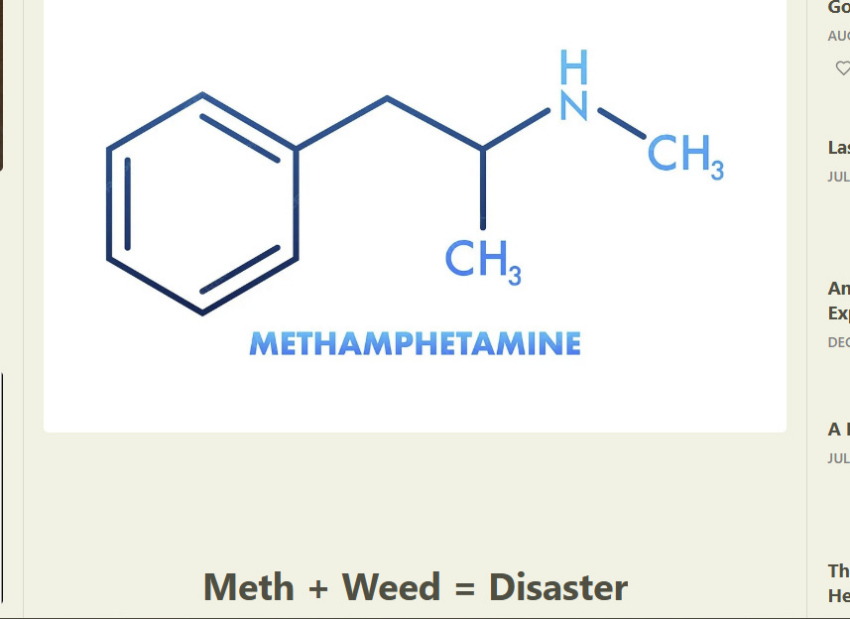I LOVE when you tip me to information, studies, or articles I didn’t know about.
After yesterday’s piece on how random, psychosis-driven crime is driving fears of violence, a UT reader wrote, “Here’s another perspective from front line health care.”
She linked to an article by Dr. Edwin Leap, who writes a Substack called Life and Limb. When I read it, I knew I had to share it. It’s the best kind of first-person medical writing — non-judgmental but clear-eyed and unsentimental.
—
(Not just me. All of you, too. For pennies a day!)
—
I contacted Dr. Leap, and he graciously agreed to allow me to republish the piece. He’s a board-certified emergency physician who practices in West Virginia and has spent most of his 32-year career in the rural South, so he has long experience in dealing with medical crises in underserved communities.
Still, the rise in severe drug-induced psychosis he’s seen lately has taken him aback. And yesterday, he wrote about what he’s been seeing. The title speaks for itself: “Meth + Weed = Disaster.”
—
Without further ado, I’ll let him explain:
The emergency department is one of those places where we daily see the ravages of drug abuse. Furthermore, we see things right from the street. Patients either come in themselves, or come after an encounter with EMS or police. Their presentations are raw, unfiltered, undiluted.
I am no academic, as I have said on many occasions. But I am a ‘medical scout.’ I see things as the emerge and evolve and often before much research has been done.
Many of the patients I see who are agitated or psychotic are very difficult to control. I won’t bore the reader with drugs and doses, but I often have to give them a lot of medications to try and calm them down and make it possible for us to evaluate them in a manner that is safe for patients and staff.
They are often screaming, shaking, pacing, threatening, punching the wall and completely out of touch.
For what it’s worth, law enforcement and EMS face the same thing. Agitated, drug impaired patients out ‘in the wild’ are dangerous to one another and to the public. But their drug use, coupled with the effects of stimulants like cocaine and methamphetamine, put them at high risk of cardiac arrest. First responders can either let them run free, in which case dangers abound, or restrain or medicate them, both of which also are fraught with medical and legal peril. It’s a tough situation.
(And a situation comically oversimplified by those who would tell us to simply send mental health or addictions counselors to the scene instead of law enforcement.)
But these days it’s taking so much more sedation than ever before to simply make them go to sleep for a little while. Many times they’ve been up for days and need to re-set their exhausted, drug soaked brains. [emphasis added]
—
—
Sometimes we can get them calm. Other times, the sedation wears off they’re up, confused, restless, pulling off monitors, pulling out IVs, wandering in the hallway, into other patient rooms, falling down and trying to escape. Of course, we are cautioned to use restraints as little as possible, and to avoid too many medications which might put them in danger. (Just like police and EMS…but we have more pharmacological options…)
My theory as a sort of medical scout? Marijuana of increasing potency is widely used, and often used all day long.
It produces remarkable hallucinations and profound anxiety.
This is mixed with methamphetamine of uncontrolled potency.
The two are acting in synergy, and producing a state of agitation and delirium that is new, dangerous and terrifying to behold. And resistant to our normal means of controlling patients.
Watch the coming months and years. These people are dangers to themselves, to those around them and to responders and health-care workers.
Of course we’ll keep treating them! But we need to think about how to manage them.
Thanks to changes in their drugs of choice, it’s just getting harder all the time.
And I don’t want to hear a word about the wonders of weed. Doubtless most people can use it without a hitch.
But if we continue to ignore its clear, remarkable dangers (particularly its tendency to produce long lasting psychosis) then we’re setting the stage for disaster.
—
Amen, Dr. Leap. (Again, you can find his Substack at Life and Limb.)
Let’s hope President Trump, who is well aware of the ravages drugs and alcohol can cause, sees through the false promises the cannabis industry is making him. And it is long past time for physicians to take a serious look at their prescribing practices for stimulants like Adderall, which is amphetamine by another name.1
—
If you missed yesterday’s piece, it’s here.
As well as a very close chemical cousin called dextroamphetamine.
Click this link for the original source of this article.
Author: Alex Berenson
This content is courtesy of, and owned and copyrighted by, https://alexberenson.substack.com feed and its author. This content is made available by use of the public RSS feed offered by the host site and is used for educational purposes only. If you are the author or represent the host site and would like this content removed now and in the future, please contact USSANews.com using the email address in the Contact page found in the website menu.









